More Than a Body: 5 Questions on Body Image and Surviving a Social Media World, with Dr.’s Lexie and Lindsay Kite
September 7, 2021
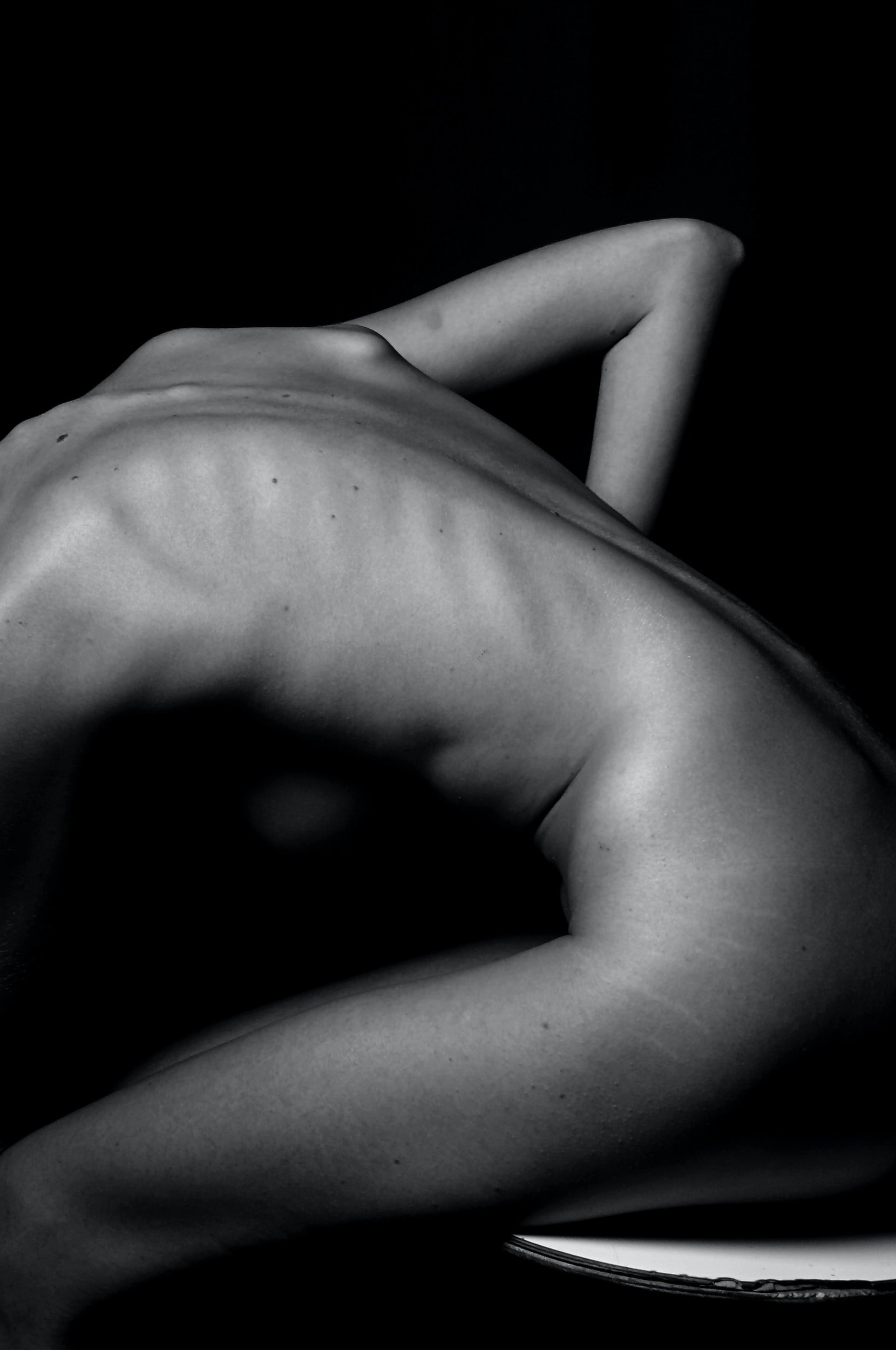
This week on WGT we are digging into a biggie—body image.
Tomorrow at noon EST I’m interviewing the founders of the non-profit Beauty Redefined and author of More Than a Body, Dr.’s Lexie and Lindsay Kite, about all things body image, media messaging, and basically how to keep your damn head about you in a world that inundates you with images of how women “should” look.
We’ll get into this tomorrow, but this topic is doubly fascinating to me because I firmly believe you can embrace superficial tweaks and changes to yourself (hello, Botox, etc!) while still maintaining a healthy sense of self—but it’s not always easy!
So join me as we dig in deep tomorrow at noon on my Facebook and YouTube. As always, the podcast version comes out Thursdays.
In the meantime, enjoy these 5 Questions on all things body image with the authors of the amazing book, More Than a Body.
Grab a Copy of the Book Here!
1
Hi Lexie and Lindsay! Body image and acceptance is a vast and complicated topic, and I believe it touches every one of us, whether or not we realize it. What drove you to start educating people on this topic, and how do you continue to show up so passionately on your channels investigating and discussing it?
Ever since we started learning our freshman year of college in 2003 about the ways media had warped and distorted representations of women to fit extremely narrow, profit-driven ideals, we were hooked.
We both felt so strongly that we had been personally impacted by a real fixation on our weight and beauty starting in middle school—a fixation that never served us and really held us back from bigger and better things—and over time, the more we studied, the more liberated we felt from some of that shame and fixation.
We were first motivated to start sharing our work at the end of our master’s degrees when we felt like our research findings were too relevant to hide away in a thesis that only professors would see. We took a more public approach to our doctoral work as well, always sharing parts of it on our blog (morethanabody.org/blog) and social media (Instagram.com/beauty_redefined), plus giving presentations to any groups who would host us. People are hungry for a more empowering worldview on our bodies and ourselves than the one so many of us grew up with, so it wasn’t hard to find an audience for our work.
Honestly, it’s a combination of things that keep us motivated and passionate about sharing our work: it’s love for girls and women who are preyed upon by industries that bank on their insecurity and disempowerment, and rage at the ever-evolving ways girls and women are preyed upon under the guise of “empowerment.”
2
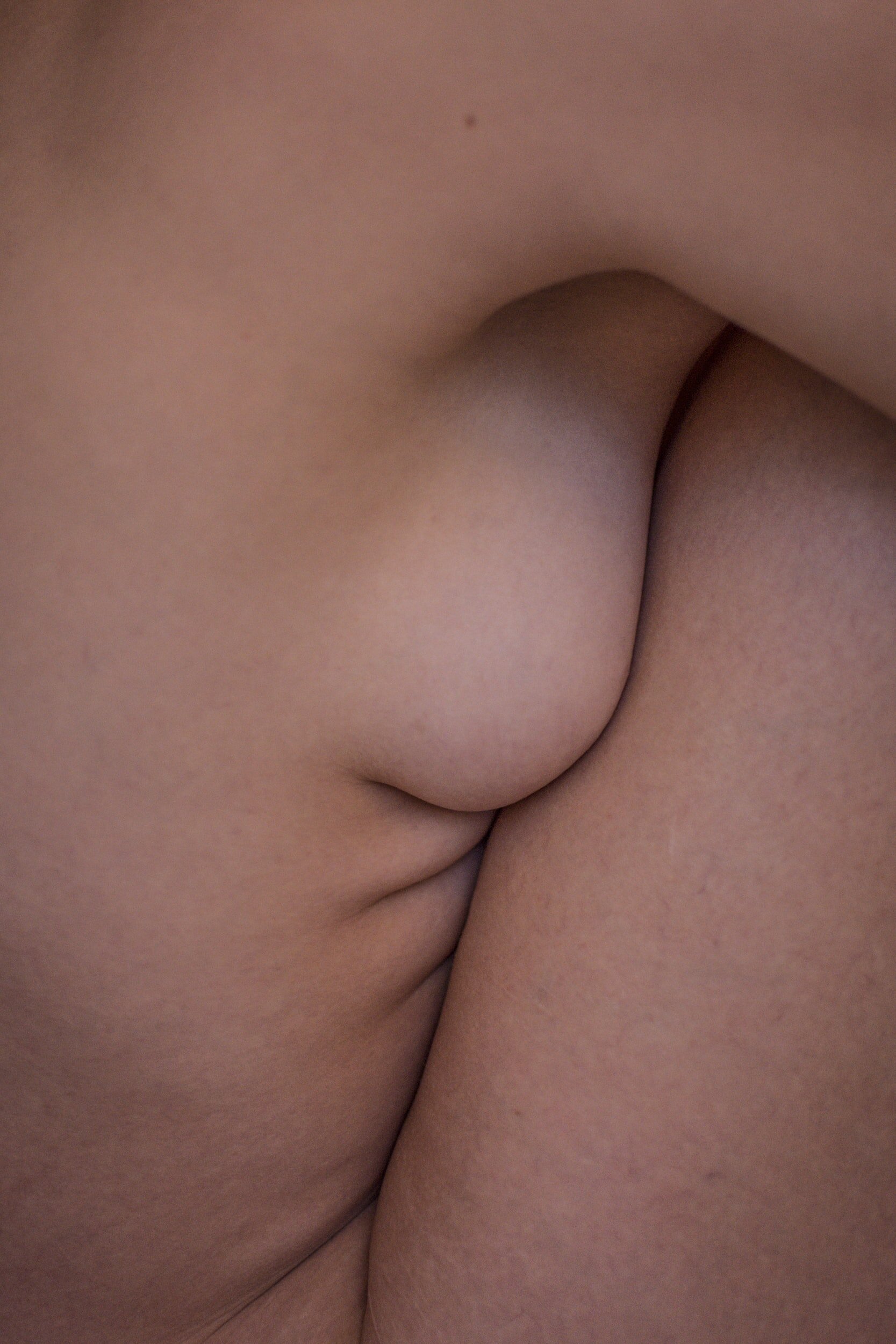
What is the most common feedback you hear when people find your Instagram page, or read your book, about the work you’re doing?
The most common—and also our favorite—feedback is: “I’ve thought of some of these ideas before, but thank you for giving me a framework and language to describe and understand what I was feeling.”
A lot of what we teach is revolutionary for people because it resonates and rings more true than the anxiety-inducing and unsustainable body-focused messaging they’re used to hearing. It puts research and evidence behind the idea that getting the focus off of the looks of our bodies is the best thing you can do for your body image, which is a drastic change from the most familiar ideas in this space.
As we always say, “Positive body image isn’t believing your body looks good; it’s knowing your body is good, regardless of how it looks.”
3
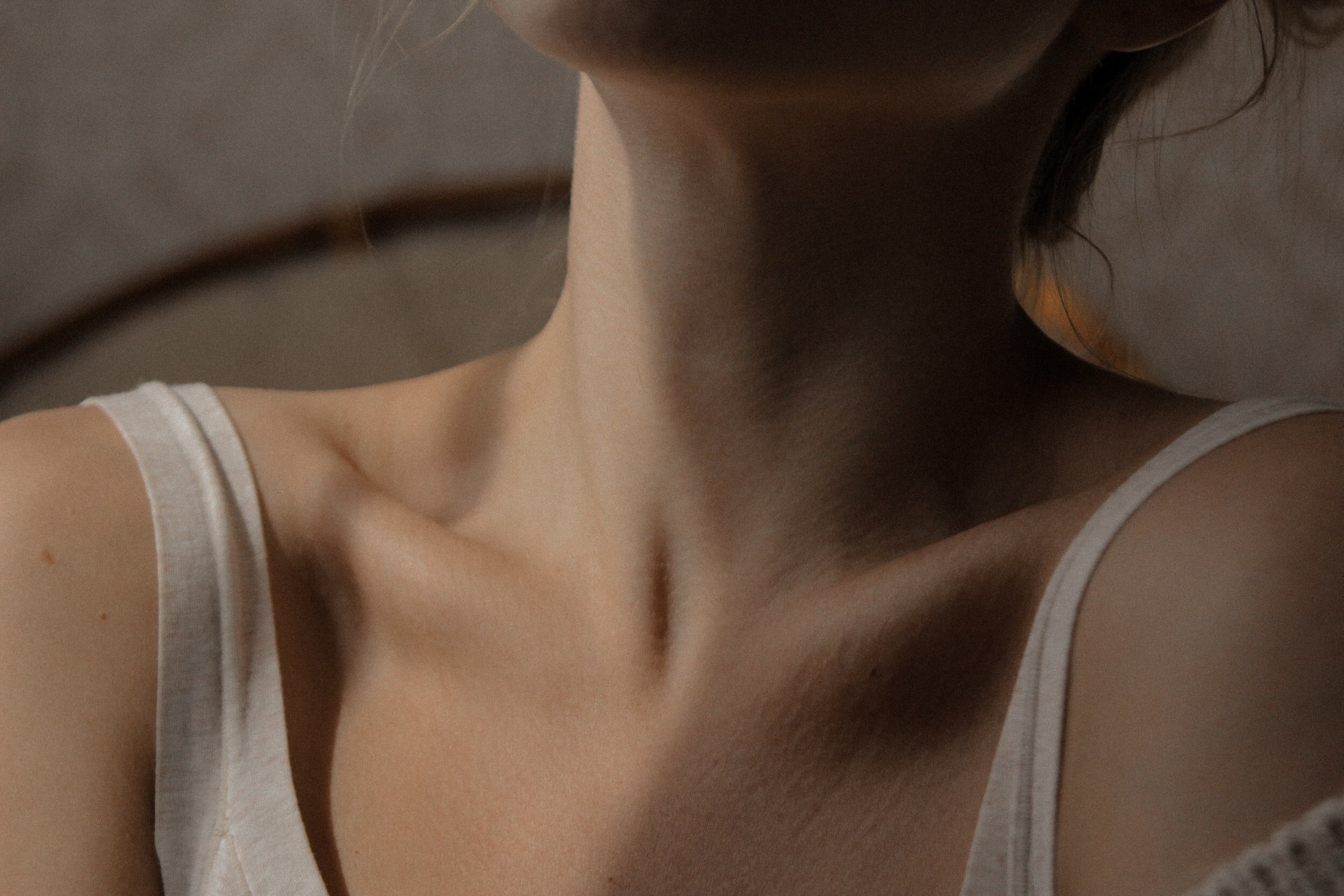
Tell us about your book, More Than a Body. What do you hope people get from it when they read it?
More than a Body is 10+ years of research and refining our work, distilled into 5 practical but engaging chapters.
We hope people see themselves in our stories and imagery, from the moment they stepped into the waters of objectification as kids or teens and started to watch their bodies from the outside instead of fully living within and through them, through the process of learning to see more in themselves and be more by building their body image resilience, to the moment they finally reunite with their own bodies as their ultimate homes—and do so over and over again as they face body image difficulties in our objectifying culture.
We hope our way of understanding and challenging traditional views about bodies and worthiness transforms readers, and we’re grateful for hundreds of messages saying that has been the case. It is available in hardcover, audio and e-book anywhere books are sold. Editor’s note: Check it out here!
4
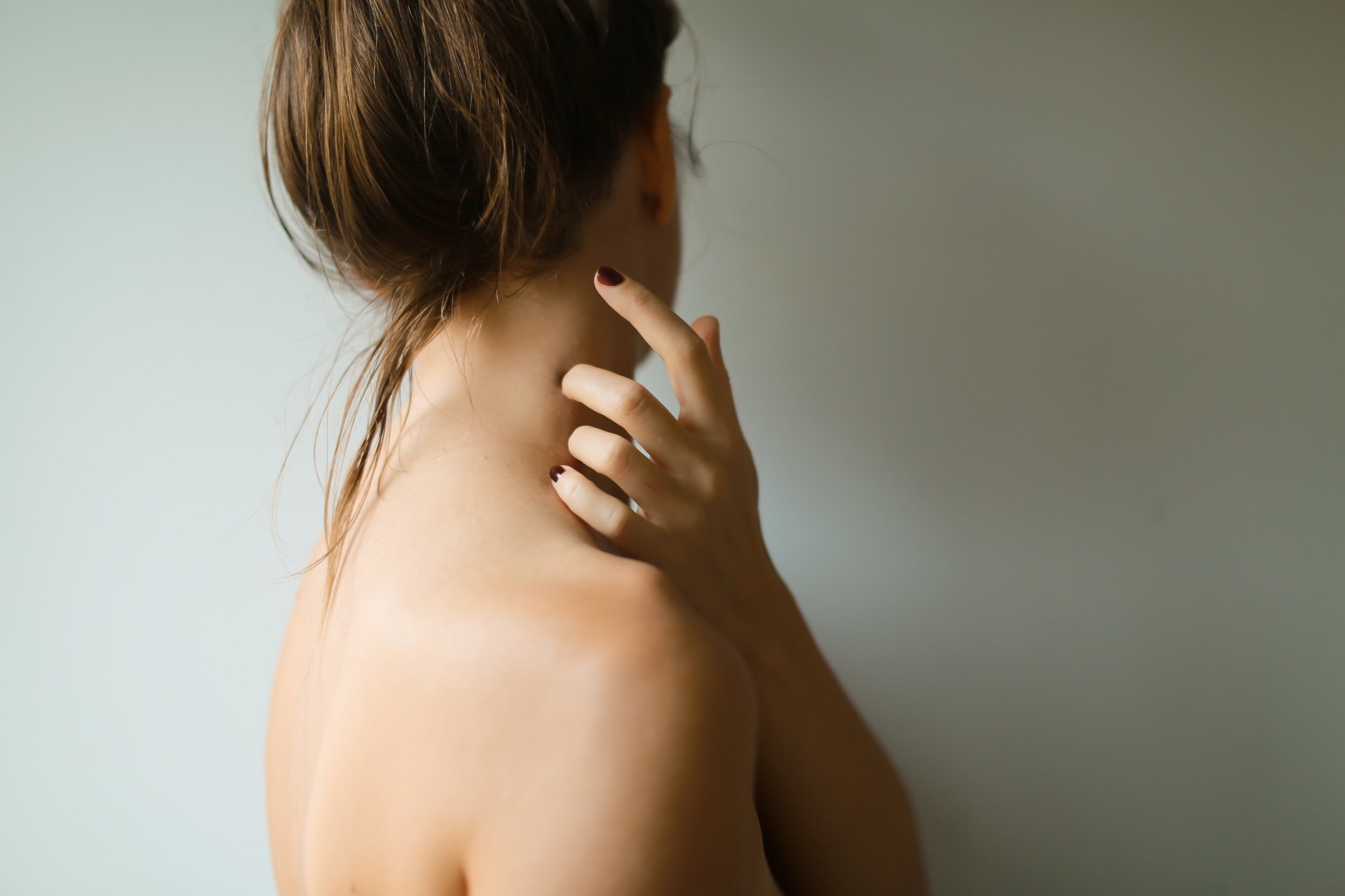
In a recent Instagram post, Lexie said, “We are all navigating a world that requires so much of us,” and wow, does that hit. I have often said (albeit jokingly) to my husband that the reason I buy tons of beauty products and do all sorts of beauty treatments is because the world expects more of women, so sorry, dude! Haha. But while we can all appreciate the great feeling that beauty treatments or a good product can give us, I also recognize the frankly depressing flip side of that joy—that it’s ultimately serving a purpose society has “told us” to be—namely, pretty, or put together, or whatever. How can a deeply-thinking gal like me reconcile the joy that these things can provide while also being aware enough of the pitfalls of focusing too much on that?
It’s very true. So much is expected of women in a culture that values our bodies and beauty at the expense of our humanity. And yes, there’s definitely some self-expression, creativity, fun and social capital that comes from fashion and beauty work, especially those that align with today’s ideals for women.
We’re all complicit in this beauty culture and its double standards, so it is each of our responsibility to draw the line for ourselves about what enhances our lives and what oppresses us and keeps us buying into this losing game of objectification, where we’re constantly trying to earn our self-worth and validation through keeping up with changing beauty ideals as we age and grow.
We recommend figuring out if your beauty choices are based out of shame (are you doing these things because you’re ashamed to be seen in your natural state?) and if they are, consider testing out foregoing that thing to prove you don’t need it. Take inventory of the time, energy and money you spend on appearance-related stuff and then do your best to keep that in check and then scale back.
For example, several years ago, I (Lindsay) noticed I was feeling that having highlighted blonde hair was too much a part of my identity, including having anxiety about darker roots, so I decided to stop highlighting to readjust my self-perception and prove my hair color didn’t matter as much as I thought. It worked! I kept that up for five years and re-set how I thought about my hair. I regularly skip makeup to prove I don’t need it. I wear the same amount of makeup I’ve worn since middle school and I refuse to “raise the beauty bar” for myself by trying out newer innovations like lash extensions or microblading or figuring out face contouring. Those things aren’t bad or wrong, and there’s no doubt those things would make me look better according to today’s ideals, but I don’t want to depend on those things to feel like *me.* Everyone’s line will be different and it’s no one’s job to be the judge of anyone else.
If you’re wondering where to draw the line for yourself, ask yourself why you would even want to draw the line. What motivates you to even ask the question? From what are you hoping to save yourself by drawing a boundary? Are you hoping to save money, time, and energy? Experience less pain or unanticipated side effects? Are you hoping to be a better example to your kids of how to embrace their own genetics? Do you want to show solidarity to all the women dealing with heavy body image burdens or alleviate some of the pressure we all feel to beautify ourselves?
At the same time, what could you gain by proving your worst fears about your natural face and body wrong? What could your friends or kids or sisters gain by seeing you draw a line to push back on unreal, unrelenting ideals? What does your larger circle of influence gain by having someone in their orbit opt out of some beauty work? That’s where real, lasting, fulfilling answers will be found.
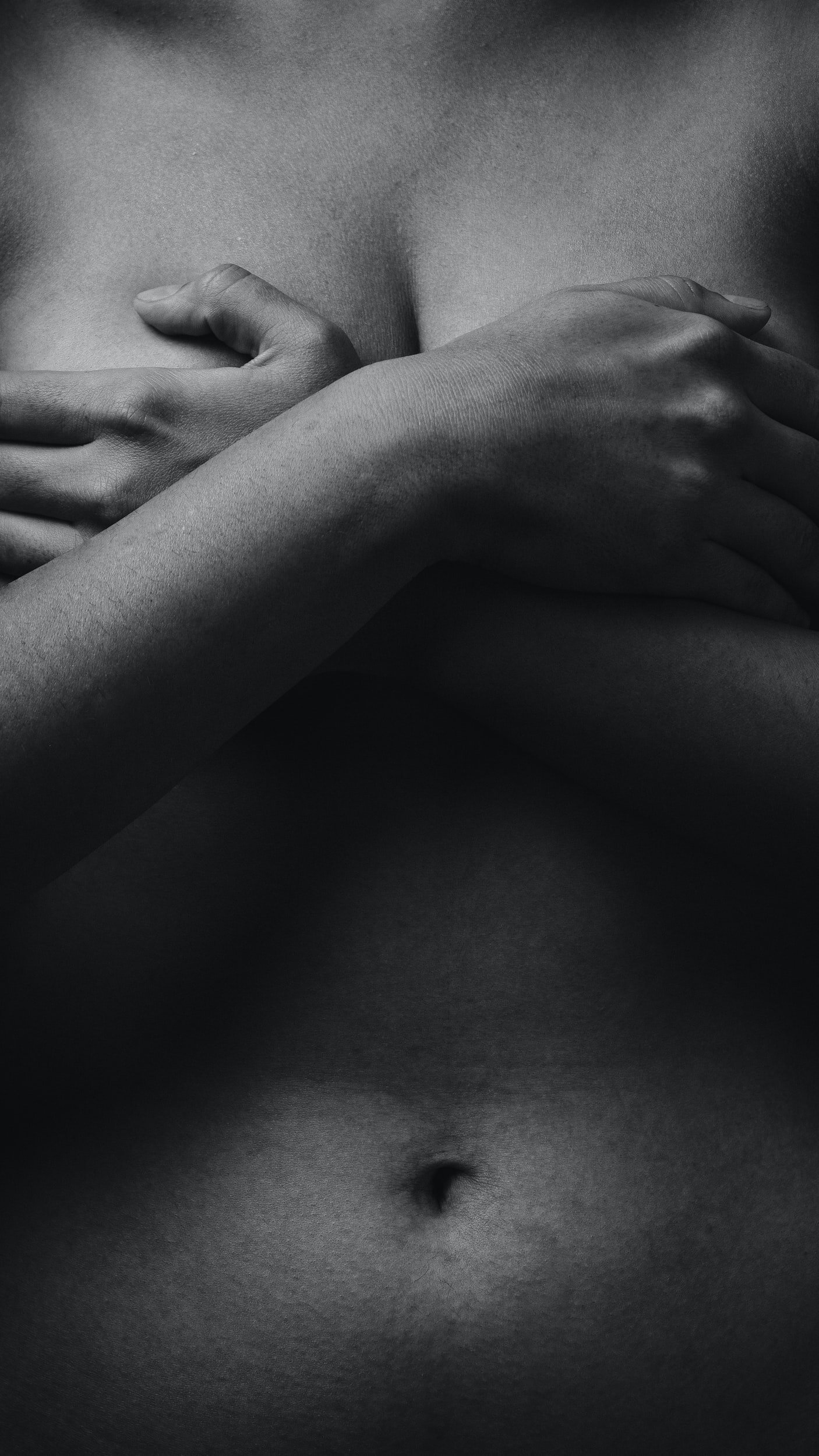
5
Best and worst part of being identical twins? And do twins really have “twin telepathy???!” 😉
The worst part of being identical twins is the competition that naturally formed between us from being identical and constantly compared to each other from the time we were born.
In the introduction to our book, we talk about the ways we looked so critically at each other’s bodies and faces, as if we were looking at our own bodies and faces. We connect that to the ways girls grow up learning to critically monitor and evaluate their own bodies as if they are their own judging twin sister.
The best part of being identical twins is having a built-in confidant and like-minded friend and business partner throughout our entire lives. We tried for so many years to be different and not be such embarrassingly similar twins. Obviously, it didn’t work! We have such similar interests and ways of thinking, so we’ve found that it makes so much more sense to join forces for good instead of having them drive us apart. Over the last decade, our lives have taken different paths with Lexie in Salt Lake City with her husband and two little girls, and Lindsay living in New York City, single and dating. We’ve found those life differences have actually helped our relationship because we bring different experiences to the table.
And yes, we absolutely have twin telepathy! We are constantly saying the same things at the same time in conversations, picking up the phone to call or text each other at the same moment, watching the same obscure shows at the same time, buying the same clothes from across the country and showing up in them when we see each other after months apart. We barely even flinch anymore when otherwise shockingly twin-like things happen!
© 2022 WGT Designed by leche studio
PRIVACY & TERMS
CONNECT
NAVIGATE
Home
Blog
Work With Me
More From Us
Want to be the first to get the latest updates and news?
About
Podcast
Contact